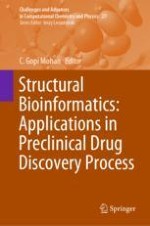2019 | OriginalPaper | Chapter
Pharmacophore Modelling and Screening: Concepts, Recent Developments and Applications in Rational Drug Design
Authors : Chinmayee Choudhury, G. Narahari Sastry
Published in: Structural Bioinformatics: Applications in Preclinical Drug Discovery Process
Publisher: Springer International Publishing
Activate our intelligent search to find suitable subject content or patents.
Select sections of text to find matching patents with Artificial Intelligence. powered by
Select sections of text to find additional relevant content using AI-assisted search. powered by
